When it comes to brain health, confusion can be as common as forgetting where you left your keys. One question that often pops up is whether an aneurysm is a stroke. Spoiler alert: they’re not the same, but they can throw a party together that no one wants to attend.
Table of Contents
ToggleUnderstanding Aneurysms
Aneurysms represent localized, abnormal dilations in blood vessels, often occurring in the brain or other areas. These dilations can put pressure on surrounding tissues, potentially leading to complications.
Definition of Aneurysm
An aneurysm occurs when a weakened area in a blood vessel wall bulges or balloons out. This condition can develop in arteries, veins, or other blood vessels. Aneurysms may remain asymptomatic for years, but they can rupture. When this happens, it poses severe health risks.
Types of Aneurysms
Several types of aneurysms exist, each with unique characteristics. Cerebral aneurysms develop in the brain and can lead to strokes if they rupture. Thoracic aortic aneurysms occur in the section of the aorta that runs through the chest. Abdominal aortic aneurysms affect the abdominal portion of the aorta, presenting additional dangers. Each type requires specific monitoring and management to prevent serious complications.
Understanding Strokes

Strokes represent significant medical events impacting brain function, arising primarily from disrupted blood flow. Understanding their nature and classification is vital for timely intervention.
Definition of Stroke
A stroke occurs when blood supply to the brain deteriorates, leading to cellular damage. Insufficient blood flow interrupts oxygen and nutrient delivery, resulting in neurological deficits. Recognizing symptoms, like sudden numbness or confusion, distinguishes strokes from other medical issues. Medical professionals classify strokes based on their causes, enabling targeted treatment strategies.
Types of Strokes
Various types of strokes include ischemic strokes, hemorrhagic strokes, and transient ischemic attacks (TIAs). Ischemic strokes manifest when blood vessels become blocked, often due to blood clots. Hemorrhagic strokes arise from bleeding within the brain, typically linked to ruptured blood vessels or aneurysms. TIAs, sometimes referred to as “mini-strokes,” present similar symptoms but resolve within 24 hours, serving as crucial warning signs. Understanding these distinctions aids in prompt diagnosis and appropriate care.
Relationship Between Aneurysms and Strokes
Aneurysms and strokes share a complex relationship. An aneurysm can indeed cause a stroke, particularly when it ruptures, leading to a hemorrhagic stroke.
Can an Aneurysm Cause a Stroke?
An aneurysm poses a significant risk due to its potential to rupture. When a cerebral aneurysm bursts, it releases blood into the surrounding brain tissue, resulting in a hemorrhagic stroke. This condition often leads to severe complications and immediate medical attention is crucial. The likelihood of a stroke increases with the size of the aneurysm and the presence of risk factors, such as hypertension or smoking.
Symptoms to Watch For
Recognizing symptoms related to both conditions is vital for timely intervention. Sudden severe headache, especially if described as a “thunderclap,” indicates possible rupture. Numbness, difficulty speaking, or sudden confusion also signals potential stroke. Other symptoms like loss of coordination or vision changes must not be overlooked. Each symptom warrants immediate medical evaluation for effective treatment.
Diagnosis and Treatment
Diagnosis of aneurysms and strokes requires thorough evaluation to ensure effective care. Physicians often utilize various methods to identify and treat these conditions.
Diagnostic Methods for Aneurysms
Imaging tests play a crucial role in diagnosing aneurysms. CT scans and MRIs provide detailed images of the brain, allowing doctors to detect abnormalities. Angiography also offers insights into blood vessel structure by using contrast dye, revealing the size and location of aneurysms. These techniques help determine whether an aneurysm poses an immediate risk of rupture, guiding further action.
Treatment Options for Aneurysms and Strokes
Treatment strategies depend on the specific condition and its severity. Surgical options include clipping or endovascular coiling for aneurysms, both aimed at preventing rupture. For strokes, interventions often involve clot-busting medications for ischemic strokes or surgical procedures to control bleeding in hemorrhagic strokes. Rehabilitation therapies support recovery, addressing physical and cognitive challenges after a stroke.
Understanding the differences between an aneurysm and a stroke is crucial for anyone concerned about brain health. While these conditions are distinct, their interrelationship can lead to serious consequences. Awareness of the symptoms and risk factors associated with both can facilitate timely medical intervention.
Recognizing the signs of an aneurysm or stroke can save lives and improve outcomes. Proper diagnosis and treatment strategies are essential in managing these potentially life-threatening conditions. Staying informed and proactive about brain health is key to reducing risks and ensuring better health outcomes.








